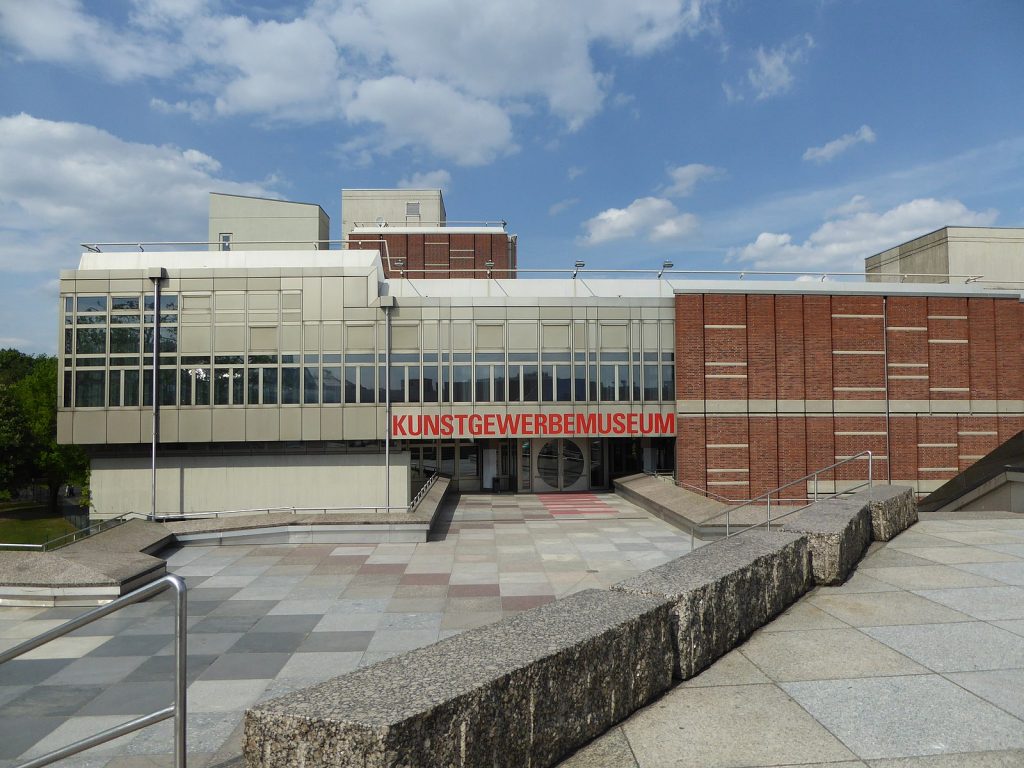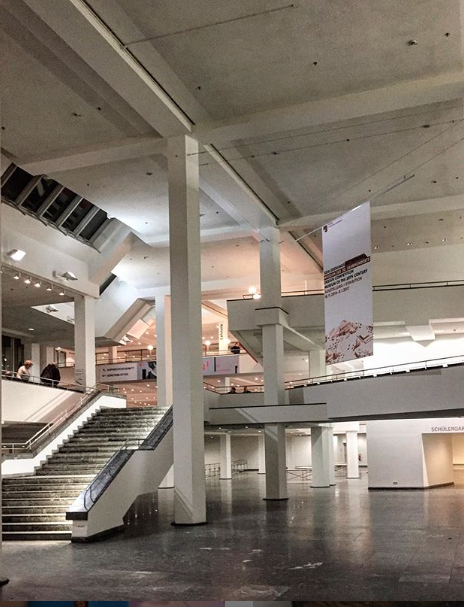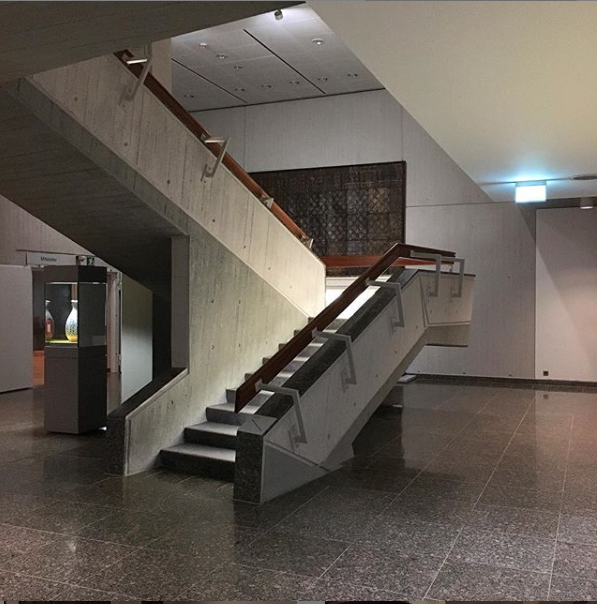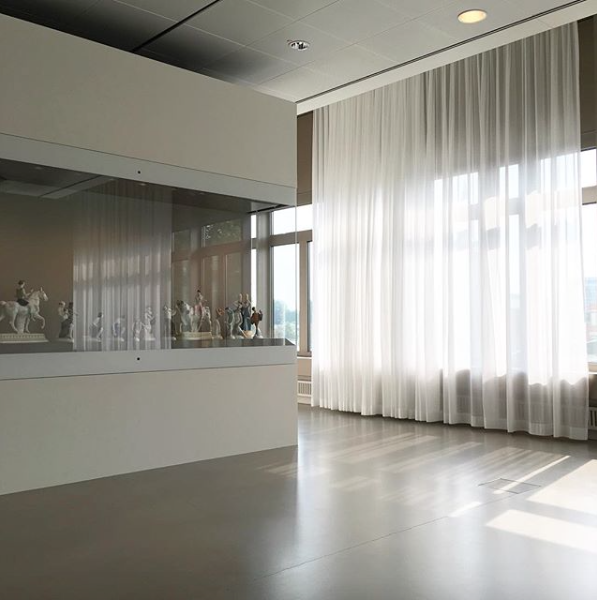



About the Kunstgewerbemuseum
The Berlin Museum of Decorative Arts is the oldest in Germany and celebrated its 150th anniversary in 2017. Thanks to its extensive and outstanding collection, which ranges from the Middle Ages to the present day, it is one of the world’s leading museums of applied art, fashion and design. It can look back on an extremely eventful history, in the course of which the museum and its collections have had to reposition themselves several times at different locations.
Today, the Museum of Decorative Arts has two branches: since 2004, the permanent exhibition at Köpenik Palace has presented unique works of interior art from the Renaissance, Baroque and Rococo periods. As early as 1985, the Museum of Decorative Arts moved into the house at the Kulturforum, designed by Rolf Gutbrod especially for the multi-faceted collections.
The museum is conceived as a “built landscape” and refers to the neighbouring Tiergarten. It welcomes visitors with an open staircase and spacious exhibition rooms on different levels. The parallel presentation of key works and a study collection was and still is innovative. Since its partial redesign by the Kühn Malvezzi architectural office from 2012 to 2014, the Museum of Decorative Arts has had a prominent fashion gallery and is thus regarded as an important reference museum for fashion designers from all over the world.
The design department as well as Art Nouveau and Art Deco have also been newly established. The next stage of the successive new furnishing is the medieval section. The architectural office Duncan McCauley has been won over for the new presentation of the collections, which are unique in the world. At the same time, the Museum of Decorative Arts is positioning itself with new special exhibitions Food Revolution. Design for the society of tomorrow or Connecting Afro Futures. Fashion x Hair x Design as incubator for a critical design discourse. In various intervention formats such as Design Views, Design Lab and Design Talks, it ties in with the innovative founding mission of 19th-century arts and crafts museums, investigating and questioning the significance of these houses in the current issues of shaping our living environments and responsible consumption.
Why does the Museum of Decorative Arts support the GBG?
Designers* have a great influence on the design of our living environments, so their education is extremely important. In the past, arts and crafts museums played a major role in the education of designers, because each of these houses had its own school. Thus today’s University of the Arts emerged from the School of Applied Arts of the Berlin Museum of Applied Arts. We should return to this original mission. In the course of the reorientation of the KGM, it therefore seems obvious to provide a platform for the pioneering edition of the GBG. The special thing about the Berlin presentation will be that we will place the students’ master projects in direct dialogue with the exhibits in the permanent exhibition.
Kunstgewerbemuseum – Staatliche Museen zu Berlin
Matthäikirchplatz
10785 Berlin
